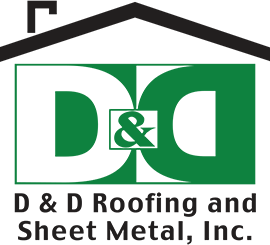The most popular type of home roof ventilation in Nevada and most of America is passive vertical ventilation. This does not use anything mechanical and relies solely on convection to release hot air and pull cooler outside air into the house.
Roof ventilation is important because hot air carries water vapor. Water vapor can come from many sources, such as mopped floors, food being cooked, dishes being dried, and even sweat. Full air flow is necessary so that this vapor is released along with the hot air. However, if air flow is impeded, hot air is retained in the roof, and water vapor may accumulate and condensate. The resulting moisture will initiate water-related problems, such as wood rot and the proliferation of toxic mold.
To prevent these problems from occurring in your home, follow our tips to optimize your roof ventilation:
1. Be careful when using motorized vents when you already have passive vents
In most cases, we’ll often advise our clients to rely solely on passive ventilation. This is because air flowing over the roof — especially over the ridge — depressurizes the rooftop. The resulting low pressure sucks the hot indoor air out from beneath the roof and pulls cool outdoor air in from the intake vents found along the roof eaves.
However, if you have both a hard-wired or solar exhaust vent and passive exhaust vents installed, the motorized vent will be the one to pull air out from the house. This action depressurizes the air beneath the passive vents and turns those exhaust ports into intake vents instead. The air it pulls in tends to still be dense with water vapor, which condenses on the surfaces of the roof’s substructures.
In these situations, more isn’t necessarily better. If you have to use a motorized vent, install it in a place where passive vents wouldn’t be as effective. Moreover, make certain that it doesn’t affect areas where passive ventilation does work.
2. Make sure that you have enough intake vents and that these work in tandem with your exhaust vents
Imagine drinking soda through a thin-walled plastic straw. Sipping on the straw too hard will cause it to collapse and constrict. Since not much soda can enter the far end of the straw, less soda reaches your mouth.
The same principle applies in passive ventilation systems: they can only release as much air as they can pull in. Therefore, if not enough air can come into the roof via the intake vents, then not enough hot air will exit the exhaust vents. You’ll have to determine if the problem is due to not having enough intake vents or if debris is obstructing the vents’ openings.
Another cause for limited air flow may be that the entire ventilation system is poorly designed or constructed. That is, for one reason or another, the intake and exhaust vents don’t work together to facilitate full air flow. Perhaps the roof has engineering design flaws, or maybe the design was sufficient, but mistakes were made during its implementation. Whatever the case may be, you’ll want to have roof specialists make things right for you.
3. Consider proper roof ventilation during the winter, too
Generally speaking, homeowners want to reduce heat levels during the summer while minimizing cooling costs, and keep heat in during the winter to minimize heating costs. This may make people think that hot air trapped in the attic is a good thing, but they would be mistaken because retaining hot air leads to condensation that allows mold to grow.
Furthermore, since the hottest air is beneath the crest of the roof, the snow on top will melt and then refreeze by the roof’s edges, where it’s colder. This leads to the formation of ice dams that eventually build up ice beneath the eaves’ shingles. Since the shingles are the roof’s waterproofing layer, breaching it means water can leak down and cause further structural damage and mold growth. Last but not least, heavy icicles may also form with the ice dams and pose a risk to anyone standing beneath them.
In short, you want proper roof ventilation for your home all year round. Ensure this by turning to our roofing specialists at D&D Roofing. Drop us a line to receive a FREE estimate for your project.


